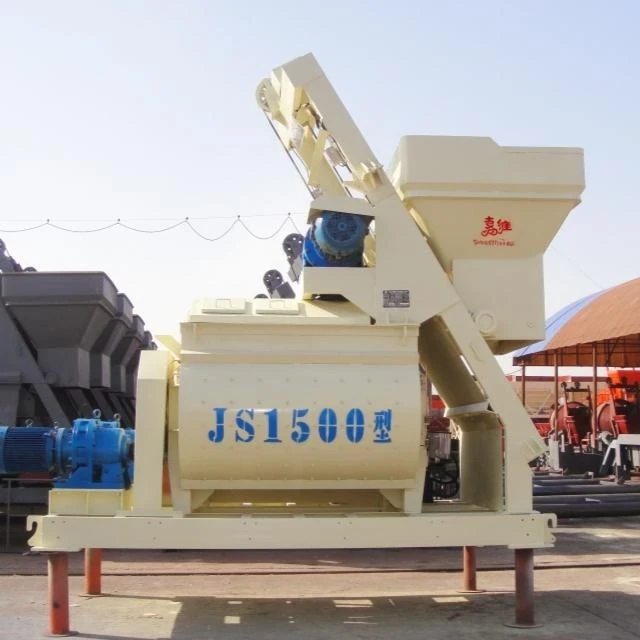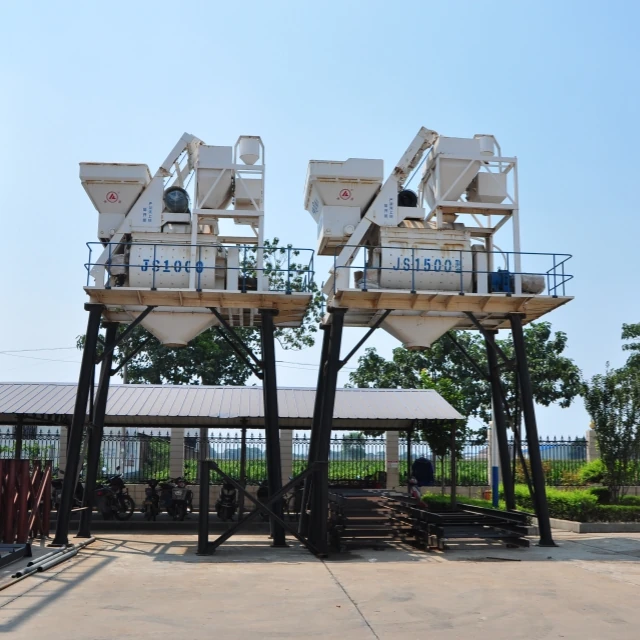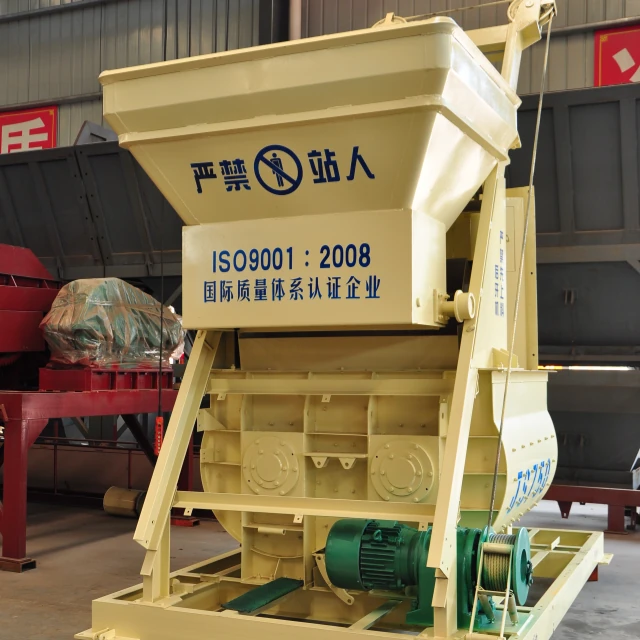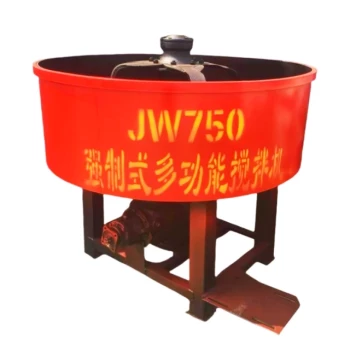Introduction
For construction professionals and equipment buyers, choosing the right concrete mixer can significantly impact project timelines, labor costs, and material quality. Flat-mouth mixers have emerged as a superior alternative to traditional round-mouth designs, offering measurable improvements in cleaning efficiency, residue reduction, and mixing uniformity. This article breaks down the engineering principles behind flat-mouth mixers, compares their real-world performance, and showcases their validation in demanding construction environments.
Flat-Mouth Design Mechanics
Structural Features Minimizing Residue Traps
The flat-mouth mixer’s defining feature is its squared-off discharge opening, which eliminates the curved corners found in round-mouth designs. These corners are prime spots for concrete buildup, requiring frequent scraping or water blasting. By contrast, the flat-mouth’s linear edges allow tools to clean surfaces in single passes—think of wiping a whiteboard versus scrubbing a bowl.
Key design elements:
- Angled walls: Direct material flow toward the discharge point.
- Reinforced seams: Prevent deformation during high-volume use.
Material Flow Dynamics During Mixing and Discharge
Ever wondered why some mixers leave clumps of unmixed cement? Flat-mouth designs promote laminar flow (steady, layered movement) instead of turbulent eddies. This ensures ingredients blend evenly before exiting, reducing waste from rejected batches.
Efficiency drivers:
- Gravity-assisted discharge: Flat openings enable faster emptying.
- Reduced "dead zones": No corners mean fewer areas where material stagnates.
Comparative Advantages Over Traditional Mixer Designs
Round vs. Flat Mouth: Residue Accumulation Analysis
Studies show round-mouth mixers retain up to 3–5% more residue per cycle due to trapped material in curved surfaces. Over a 500-batch project, this could mean 15–25 extra hours of cleaning labor—equivalent to $750–$1,250 in wages (assuming $50/hour).
Cost-saving breakdown:
| Factor | Round-Mouth Mixer | Flat-Mouth Mixer |
|---|---|---|
| Cleaning time/batch | 8–12 minutes | 3–5 minutes |
| Annual labor savings* | — | ~$9,000 |
| *Based on 300 operational days/year. |
Cleaning Time and Labor Cost Reductions
A highway construction crew in Texas reported 40% faster cleanouts after switching to flat-mouth mixers, allowing them to repurpose staff to grading tasks.
Why this matters:
- Fewer delays: Less downtime between batches.
- Lower water usage: Simplified cleaning cuts rinse cycles by half.
Real-World Applications and Industry Validation
Case Study: High-Volume Bridge Construction
When building the Red River Bridge, contractors used flat-mouth mixers to maintain consistent concrete quality despite tight deadlines. The design’s even mixing prevented weak spots in support pillars, passing all stress tests.
Key takeaways:
- 98% batch uniformity vs. 89% with round-mouth competitors.
- Zero clogging incidents during 24/7 pours.
Maintenance Efficiency in Harsh Environments
In Alaska’s Dalton Highway project, crews faced temperatures as low as -30°F. Flat-mouth mixers outperformed round models because:
- Frozen residue was easier to remove from flat surfaces.
- Steel reinforcements resisted cracking under thermal stress.
Pro tip: Pair mixers with Garlway’s heavy-duty winches for stable operation on uneven terrain.
Conclusion and Actionable Advice
Flat-mouth mixers aren’t just a design tweak—they’re a labor-saving, quality-boosting upgrade for any concrete-reliant project. To maximize their benefits:
- Audit your current mixer’s residue accumulation (measure cleaning time and material loss).
- Prioritize models with reinforced seams for longevity.
- Train crews on gravity-assisted discharge to speed up cycles.
For teams ready to upgrade, explore Garlway’s construction machinery line, engineered to match the durability demands of flat-mouth mixers.
Still debating the switch? Ask yourself: How much could you save by reclaiming 200+ hours of labor yearly?
Products You Might Be Looking For:
Explore high-efficiency concrete batching plants
View mobile cement mixer options
Related Products
- JDC350 Small Cement Concrete Mortar Mixer
- HZS90 Large Multiquip Concrete Mixers for Construction
- Construction Products Concrete Plant Machine Mixing Concrete Mixer
- Commercial Construction Mixer Machine for Soil Cement Mixing Concrete
- Auto Concrete Cement Mixer Machine New
Related Articles
- Optimizing Concrete Mixer Safety: How Proactive Tire and Suspension Maintenance Prevents Catastrophic Failures
- How to Master Concrete Mixer Operation: Training, Certification, and Safety Protocols
- How to Conduct OSHA-Compliant Concrete Mixer Inspections: A Safety-First Checklist
- How to Choose Concrete Mixers for Long-Term Reliability and Cost Savings
- How to Test Concrete Mixer Brake Systems for Optimal Safety and Compliance






















